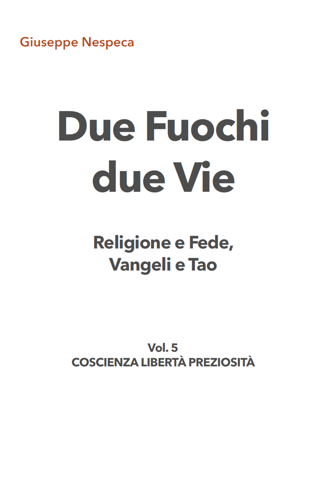“Mga kaibigan” (Dear friends)
“Maraming salamat sa inyong lahat” (I warmly thank you all).
I would have liked to visit you at your homes, but it was not possible. I thank you for coming to meet me instead. I thank you for representing others who wanted so much to come but were unable to do so. Being with you today brings great joy to my heart. I greet you with affection and hope you know how much I have looked forward to this meeting.
During my previous pastoral visits to Africa and Brazil, I met other men and women suffering from leprosy. These encounters left a deep impression on me, because I was able to appreciate the loving patience and courage with which they live despite their trials and adversities.
1. I am here in the name of Christ Jesus to remind you of his extraordinary love for all his brothers and sisters, but especially for each one of you. The Gospels bear witness to this truth. Think for a moment how often Jesus showed his concern by transforming situations of need into moments of grace. In the Gospel of Saint Luke, for example, Jesus is approached by ten lepers who ask to be healed. The Lord commands them to show themselves to the priests, and on the way they are healed. One of them returns to give thanks. In his gratitude, he demonstrates a faith that is strong, joyful and full of praise for the wonder of God's gifts. Clearly, Jesus touched the very core of this man's being with his love.
2. Again in the Gospels of Matthew and Mark, we are presented with a leper who asks Jesus to heal him, but only if it is his will. How grateful the man is when his request is heard! He sets out to spread the joyful news of the miracle to all those he meets. Such great happiness comes from the man's faith. His words, "if you are willing, you can make me clean," reflect a willingness to accept whatever Jesus desires for him. And his faith in Jesus was not disappointed! Dear brothers and sisters, may your faith in Jesus be no less firm and constant than the faith of these people in the Gospels.
3. I know that your affliction involves intense suffering, not only through its physical manifestations, but also because of the misunderstandings that many people in society continue to associate with Hansen's disease. You often encounter very old prejudices, and these become a source of even greater suffering. For my part, I will continue to proclaim before the world the need for even greater awareness that, with appropriate help, this disease can indeed be overcome. For this reason, I ask everyone everywhere to give ever greater support to the courageous efforts being made to eradicate leprosy and to treat effectively those who are still affected by it.
4. I pray that you will never be discouraged or embittered. Wherever and whenever you encounter the Cross, embrace it as Jesus did, so that the Father's will may be done. May your suffering be offered for the benefit of the whole Church, so that you may say with St Paul: "Therefore I am glad in my sufferings... and I fill up in my flesh what is lacking in the sufferings of Christ, for the sake of His Body, which is the Church..." (Col 1:24).
Three days ago, I beatified sixteen martyrs of Nagasaki in your country. Among them is Blessed Lazarus of Kyoto, who was a leper. How we rejoice at the help that Blessed Lazarus gave to the missionaries as a translator and guide. Ultimately, his commitment to spreading the Gospel cost him his life; he died shedding his blood for the faith. His love for Christ brought him much suffering, even excruciating pain! He experienced misunderstanding, rejection and hatred from others in his service to the Church! But with the strength of God's grace, Blessed Lazarus bore witness to the faith and merited the precious gift of the crown of martyrdom.
Dear friends, I invite you to imitate the courage of Blessed Lazarus who is so close to you. Share the convictions of your faith with your brothers and sisters who suffer with you. Recall the love of the doctors, nurses and volunteers who care for you so generously. Work to build a living community of faith, a community that supports, strengthens and enriches the universal Church. Here is your service to Christ! Here is the challenge for your life! Here is where you can manifest your faith, your hope and your love!
May God bless you, dear brothers and sisters! May he bless all those suffering from leprosy in this country! May he bless your families, your friends and all those who care for you! “Ai higit sa lahat, inihahabilin ko ang aking sarili sa inyong panalangin, sa inyong pagmamahal” (And above all, I commend myself to your prayers and your love).
[Pope John Paul II, Address at the Tala Leprosarium, Manila, 21 February 1981]












